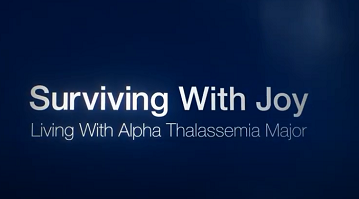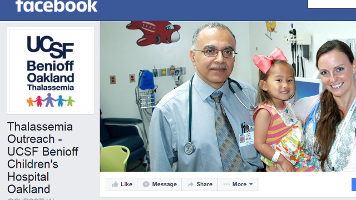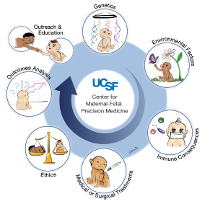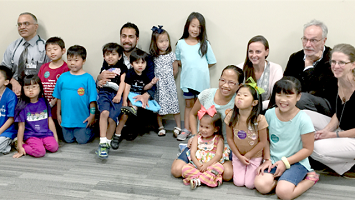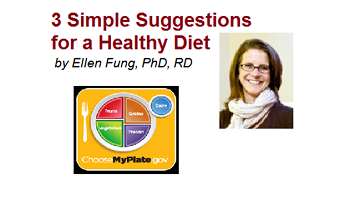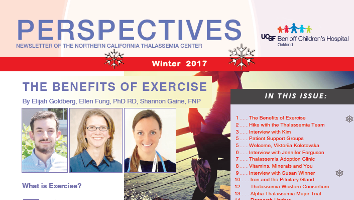Calcium and Thalassemia

Calcium is an essential mineral for building and maintaining strong bones and teeth. Calcium is found in some vegetables such as broccoli and kale, but dairy products such as milk, yogurt, and cheese are much better dietary sources of calcium. Some people either do not like dairy or cannot tolerate a dairy product in their digestive system. For these individuals a good source of calcium can be either calcium fortified orange juice or Tums, an antacid made solely of calcium carbonate.
A diet with inadequate calcium will decrease the storage of calcium in bones, which can become weak and will fracture easily. Weakness of bones is called osteoporosis. The calcium stored in your bones must last you your whole life, so if you have weak bones when you are a young adult it will be difficult to increase their strength as you get older. The peak time for storage is during the teenage years. It is during this time that the bones reach their adult length and strength. It is also during this time that estrogen in young women and testosterone in young men help them develop their bones and make them strong. If there is not enough calcium in their diets, or if there is not enough hormone production, the amount of calcium that is made into bone will be reduced. Since this is the major period of bone development, the bones will be weaker for the rest of a person's life.
Having strong bones is important for all of us, but it is especially important for people with thalassemia. Some of the secondary health problems that occur in children and adolescents with thalassemia affect bone formation. If thalassemia major is not treated with proper blood transfusions, there is so much activity in the bone marrow that bones will become thin and will fracture spontaneously. With adequate transfusion this is not a problem, but with transfusions come other problems; namely, iron overload. If an inadequate amount of Desferal is used and iron builds up in the body, the iron deposition can affect some of the organs that help the body build up strong bones. The major problem that interferes with strong bones is hypogonadism. Iron deposits in the testis in young men and in the ovaries in young women. This iron deposition can cause early menopause in young women in their twenties and can require hormone replacement therapy in both men and women. Without estrogen and testosterone, bones will not form normally and later in life the bones will be susceptible to disease. With replacement of estrogen or testosterone and adequate amounts of calcium, this problem can be prevented. Other problems of calcium metabolism can occur when the thyroid gland is affected by iron overload, and particularly when the parathyroid is damaged by iron.
What can be done to prevent problems related to bone strength and fractures?
The major problems can be delayed or prevented by the adequate use of Desferal to prevent damage to the ovaries and testes by iron. In addition, everyone, including children and young adults with either transfusion dependent or non-transfusion dependent thalassemia, should have an adequate intake of calcium, either by eating foods high in calcium or by taking calcium supplements. Exercise in moderate amounts also increases bone strength. It is hard to determine how much calcium is in your diet without knowing how much calcium is contained in foods. At an annual comprehensive clinic visit, each patient can visit a nutritionist to help him or her determine whether enough calcium is coming from the diet. Most people need about 1.5 grams of calcium daily to build strong bones. Children need less: about 1 gram per day. Adolescents need more during this time of increased bone growth: 1.5 to 2 grams per day. Adults need about 1.5 grams per day. These levels of calcium can be achieved by eating foods high in calcium:
High calcium foods
(one serving = 400 mg or .400 g of calcium)
- One cup of milk
- yogurt
- milk based pudding or custard
- 6 sardines with bones
Medium calcium foods
one serving = 125 mg or .125 g of calcium)
- One cup tofu
- One cup of beans* or peas
- One cup broccoli, kale, mustard greens*
- One half cup of bok choy or turnip greens*
- One half cup cottage cheese, frozen yogurt, cream soup, or ice cream
- One quarter cup almonds
- 2 ounces canned fish with bones
Remember that if you are on a low-iron diet, try to find alternate sources of calcium, as these tend to be high in iron as well.
Many foods are fortified with calcium: orange juice, breads, soy milk. Look on the labels for both the iron content (avoid iron) and the calcium content of prepared foods. Also important is vitamin C for calcium absorption. If you think about calcium and how important it is for your health, you can easily increase the calcium you receive everyday. If you want more information about your diet, call your health care provider or a nutritionist for a consultation.

